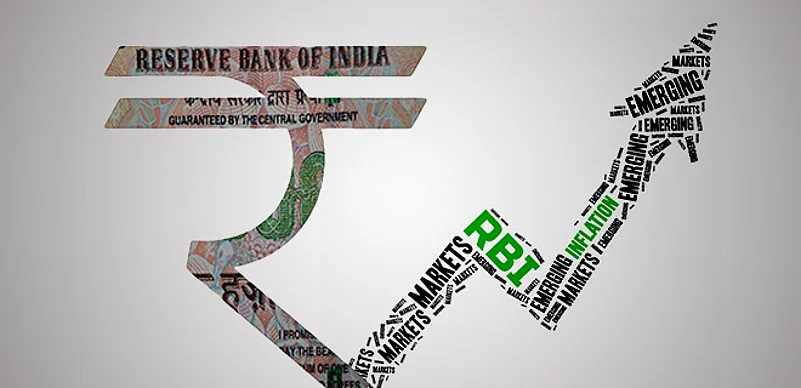The decision of the Reserve Bank of India’s Monetary Policy Committee (MPC) not to increase interest rates was actually a 5:1 vote in favour of holding rates.
The lone dissent came in from RBI’s Executive Director, Michael Debabrata Patra. He voted for a 25 basis point hike in interest rates, while others took a neutral stance, voting for status quo.
The committee meeting was held on February 6 and 7, and as is the practice, the minutes of the meeting were released two weeks later on Wednesday, February 21. Set up on the lines of US Federal Reserve’s Open Market Committee (FOMC), the RBI’s MPC consists of six members - three external experts and three from the RBI.
Advertisement
The committee is chaired by RBI Governor, Urjit Patel, who also has the privilege of using the casting vote, in case the voting is deadlocked at 3-3. The other members include Dr Chetan Ghate, professor at Indian Statistical Institute; Dr Pami Dua, Director of Delhi School of Economics; Dr Ravindra H. Dholakia, Professor, Indian Institute of Management, Ahmedabad; besides, Dr Viral V. Acharya, RBI’s Deputy Governor in-charge of monetary policy.
Interest rate hike
Explaining his stance, Michael Debabrata Patra said that he had expressed a preference for a pre-emptive policy rate increase in April 2017, as he had sensed that inflation was rising out of the demonetization trough. Despite that, he had voted for holding the rates in two previous MPC meetings held in June and August last year, to fully allow for transitory effects. At the August meeting, the committee decided to reduce interest rates by 25 basis points.
Advertisement
However, Patra’s stance was vindicated when inflation (after factoring in an increase in House Rent Allowance, or HRA, of government employees) still exceeded the year-end target.
Patra observed that several drivers of inflation were firing at the same time – increase in domestic oil prices due to an increase in international crude prices, imminent MSP ( minimum support price of agricultural produce) increases; fiscal slippage, besides customs duty increases taking the headline inflation number at above five per cent. He felt that expectations were elevated and volatile with ‘debt markets telling us that we have fallen behind the curve’,
Outlook
Outlining his near-term outlook (up to mid-2018), Patra expects inflation to drift well above the target with easing between July 2018 and March 2019, as the HRA effect starts waning. This, according to him, could seriously dent the credibility of the MPC’s commitment to the target (The MPC’s objective is to achieve a medium-term target for consumer price index (CPI) inflation of 4 per cent within a band of +/- 2 per cent, while supporting economic growth).
On the other hand, Patra also observed that a turnaround had likely begun in the third quarter of FY18 with accelerated sales, even as inventories were being drawn down. The capex cycle was seen starting up, besides a return in pricing power. A seven per cent plus economic growth made by professional forecasters for FY19 would close the persistently negative output gap going forward (output gap is the difference between potential economic output and the actual economic output).
Patra summed up by observing that the real policy rate (repo rate minus inflation rate) was below one per cent and could fall further in the absence of policy action and voted for a repo rate hike of 25 basis points.
Advertisement
At present, MPC has kept the policy repo rate unchanged at six per cent.















 Just one email a week
Just one email a week